I had a better idea, I think. Since the purpose of this skiff is to integrate it within your DAW's environment, I figured why not take that all the way? Hence:

Certain things may seem to be missing. Trust me, they're not. The idea here is to put part of the skiff in the computer, which also simplifies your patch recall issues.
The key to this is the three Expert Sleepers modules. On the left is an ES-8 DC-coupled USB audio interface and an expander for it. The right end has a ES-4 CV-ADAT interface, which is basically a six-channel DC-coupled Lightpipe audio input. These all work together with Logic and a piece of software called 'Silent Way', although you could also use MOTU's Volta and a few other. The idea is this: the ES-8 and its expander can output both CVs and audio, which can go through the skiff's modules for control and audio processing purposes. There's 16 channels for all of this, plus the ES-8 also has four inputs. Signal flow goes through the skiff's various possible signal paths, down to the ES-4, where audio can be converted to ADAT format, sent back to the ES-8's Lightpipe input and potentially added to the ES-8's four inputs, and the whole mess connects to the computer for all of this I/O work through a single USB cable.
In between: six envelopes (4 AR, 2 ADSR with normal and inverted outs), five VCOs (the four Klavis VCOs also have internal quantizing), wavefolder, ring modulator, Quad VCA for summing VCOs and so forth. Then a formant-based Mannequins Sisters VCF (which has two input possibilities). This feeds two Lxd lowpass gates, which are 'rung' by a Doepfer Quad Decay. Your Lxd outs go directly into the ES-4 from there, and back to the DAW.
It's an odd implementation, and while it seems to lack sequencing, LFOs, and a lot of other things...well, that's what the ES-8 and the CV control software (Silent Way or some other) are for. That way, you can have loads of modulation sources, control voltages, etc in the DAW itself (and therefore easily stored and recalled) while your audio signal path remains analog and very tweakable in between the Expert Sleepers devices. In short, very tight DAW integration, and partial patch storage to boot!
I suggest taking a very careful look at Expert Sleepers' website (http://www.expert-sleepers.co.uk) to get a better feel for how this should work. But the concept is quite solid.

